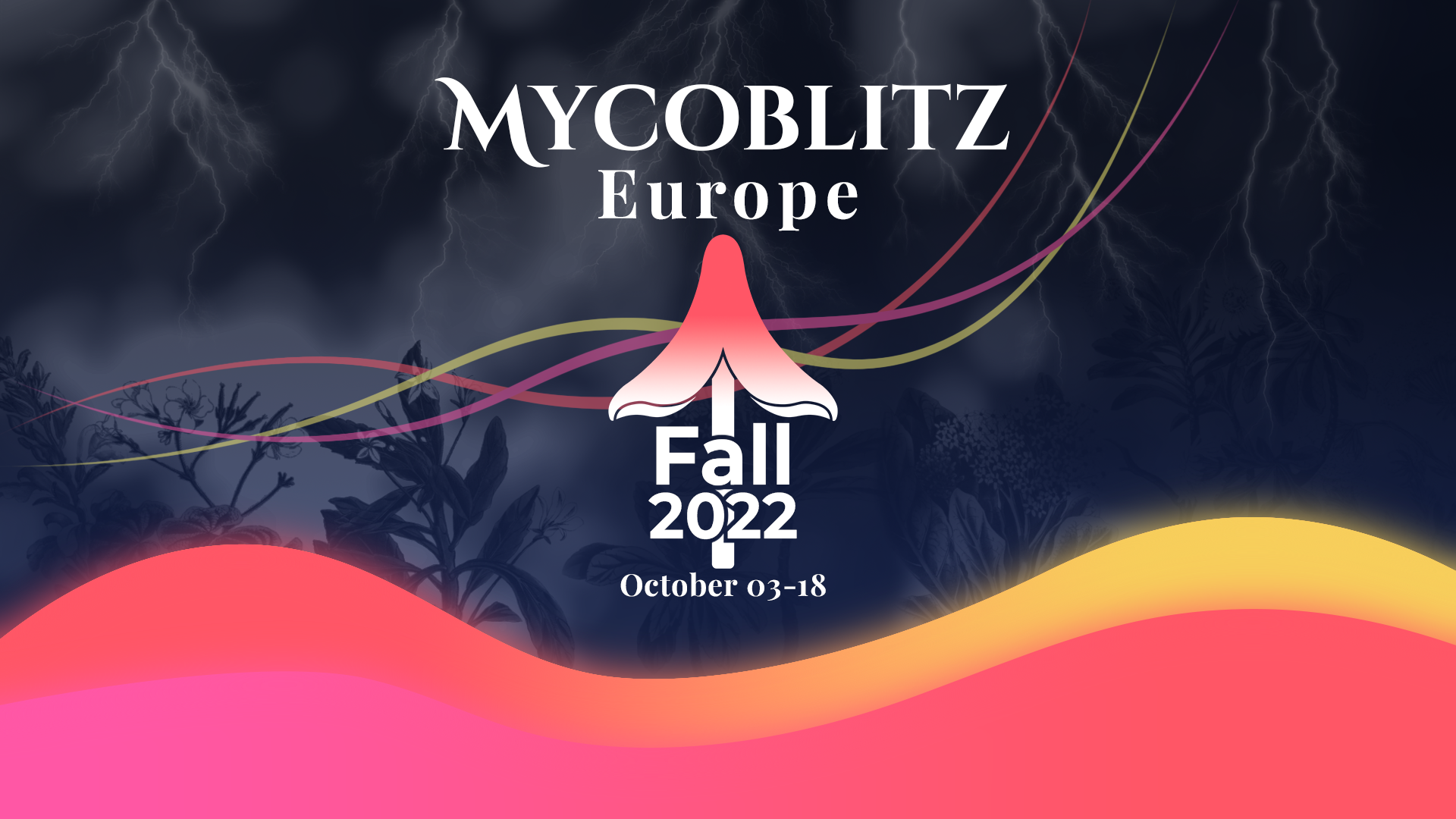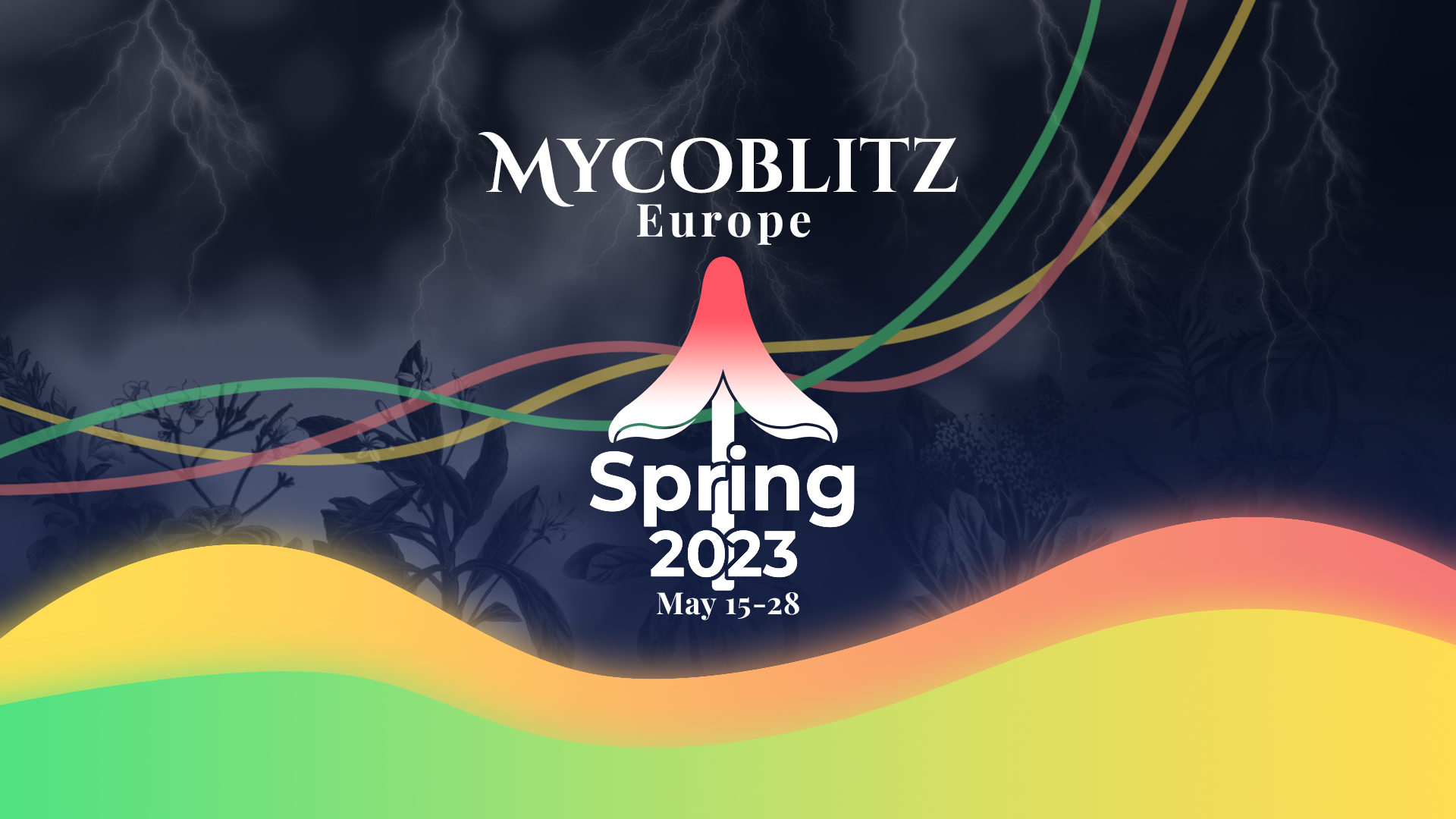Final results!

I finally got the time to finish identifying all the observation that weren't already Research Grade and tried to give the best identification I could. I had to go through more than 8.5k observations. You were so productive! Unfortunately, I can't give IDs to Research Grade ones as it would take me double the time. I hope I didn't miss too much interesting observations. I will continue to go through them to refine the identifications but I consider this Mycoblitz finished. I'm sorry for lichen fanatics but I don't have the expertise to help you identifying them, my knowledge is limited to a few common species. I hope you still had fun during this event!
I'm happy today to share the results of Mycoblitz Europe Fall 2022. Thanks again to everyone who participated!
There's a special announcement at the end of this journal post remember not to miss it!
Statistics
15269 observations
1401 species
171 observers
Most observed species
Most species
| 1. | @gilles197 (277 species) | |
| 2. | @merlu (271 species) | |
| 3. | @marina_gorbunova (268 species) | |
| 4 (tie). | @vfatton (208 species) | |
| 4 (tie). | @nk2305 (208 species) | |
| More... |
Most observations
| 1. | @marina_gorbunova (1426 observations) | |
| 2. | @pchelovek1205 (922 observations) | |
| 3. | @nk2305 (747 observations) | |
| 4. | @sokolkov2002 (691 observations) | |
| 5. | @alexey_zakharinskij (638 observations) | |
| More... |
Best contributions
As many different observers had very interesting contributions, this category was changed to reflect that. I nominate here observations instead of people so it will be more enjoyable as everyone will be able to discover awesome finds from this Mycoblitz!
Best photographs
Click on the photo for the full size version.
| 1. | Leucogyrophana mollusca by @alexis_orion from Germany 🇩🇪 |  |
| 2. | Clitocybe nebularis by @tatyanazarubo from Russia 🇷🇺 |  |
| 3. | Leccinum scabrum by @sokolkov2002 from Russia 🇷🇺 |  |
| 4. | Laccaria amethystina by @nerush_vladimir from Russia 🇷🇺 |  |
| 5. | Mycena sp. by @mobbini from Germany 🇩🇪 |  |
| 6. | Pholiota lubrica by @marina_gorbunova from Russia 🇷🇺 |  |
| 7. | Marasmius epiphyllus by @alexey_p from Russia 🇷🇺 |  |
| 8. | Coniophora puteana by @alexey_zakharinskij from Russia 🇷🇺 |  |
| 9. | Parmelina sp. by @annemirdl from Germany 🇩🇪 |  |
| 10. | Polyporales by @helmling from Austria 🇦🇹 |  |
Announcement
The Mycoblitz Europe is returning for a spring edition! You can already join the project as of now. Stay tuned as the formula will change a bit. You'll receive updates really soon :)


























